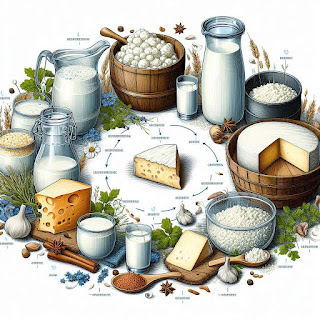1 Introduction to Susungdae in Geochang.
Geochang Susungdae is Guyeon-dong in front of Hwangsan Village, Hwangsan-ri, Wicheon-myeon, Geochang-gun, Gyeongsangnam-do.
During the Three Kingdoms Period, it was the border area between Silla and Baekje, and during the Joseon Dynasty, it was part of Anui-hyeon. During the Japanese colonial period, it was incorporated into Geochang-gun due to administrative district reorganization, and has remained there to this day.
During the Three Kingdoms Period, when Baekje and Silla were at odds, Susungdae was a place where envoys from Baekje to Silla bid farewell. At first, they were worried that they would not be able to return, so it was called Susungdae, using the characters for worry and send.
Susungdae means a place with such beautiful scenery that you can forget the worries and concerns of the secular world, and it is also likened to a Buddhist name.
After that, during the reign of King Jungjong of Joseon, Master Yosu Shinkwon built Guyeonseodang here while living in seclusion and trained his disciples. The shape of the platform resembled a turtle, so it was called Amgudae and the area was called Guyeondong.
The current name came from 1543, when Master Toegye Yi Hwang came to visit Anuihyeon Samdong and stayed in Marimyeon Yeongseung-ri. He heard the story and, due to urgent political matters, he could not come here. He sent a poem in the form of a four-stringed poem, suggesting that the name be changed to Susungdae, which had the same pronunciation, and Yosu Shinkwon engraved it on the surface of the platform.
Within the grounds, there are Guyeonseowon, a shrine, Naesammun, Gwansuru, Jeonsacheong, Yosujeong, Hamyangje, Jeongryeo, Sangosujangbi, Yuksibi, and Amgudae, which are jointly managed by Confucian scholars and the Geochang Shin clan's Yosujongjung. The pine forest, water, and rocks combine to create a beautiful scenery, and rare plants such as orchids grow natively in and around Jagoam.
2 How to get to Susungdae in Geochang.
- Address: 2, Eunha-ri-gil, Wicheon-myeon, Geochang-gun, Gyeongsangnam-do
- Main phone number: 055-940-8530
- Fax number: 055-940-8549
- Auxiliary facilities
* Auto camping site Check In: 2:00 PM Check Out: 1:00 PM the next day
* Auto camping site 2 Check In: 2:00 PM Check Out: 1:00 PM the next day
* Camping site Check In: 12:00 PM Check Out: 11:00 AM
* Sledding site Check In: 10:00 AM Check Out: 5:00 PM Morning shift (10:00~13:00), afternoon shift (14:00~17:00) operated separately
* Department in charge Tourism Promotion Division, Seungdae Team (☎ 055-940-8530)














































